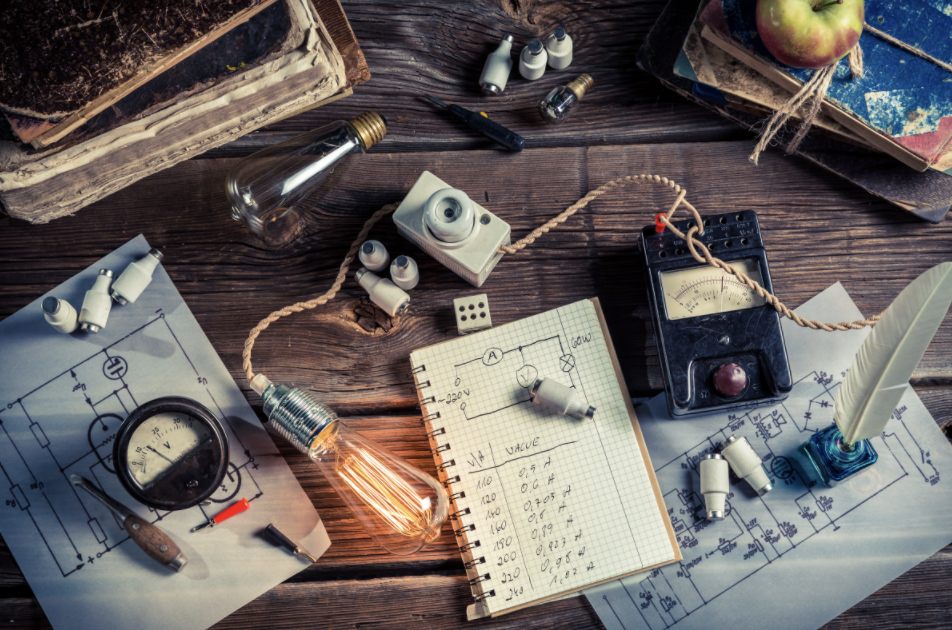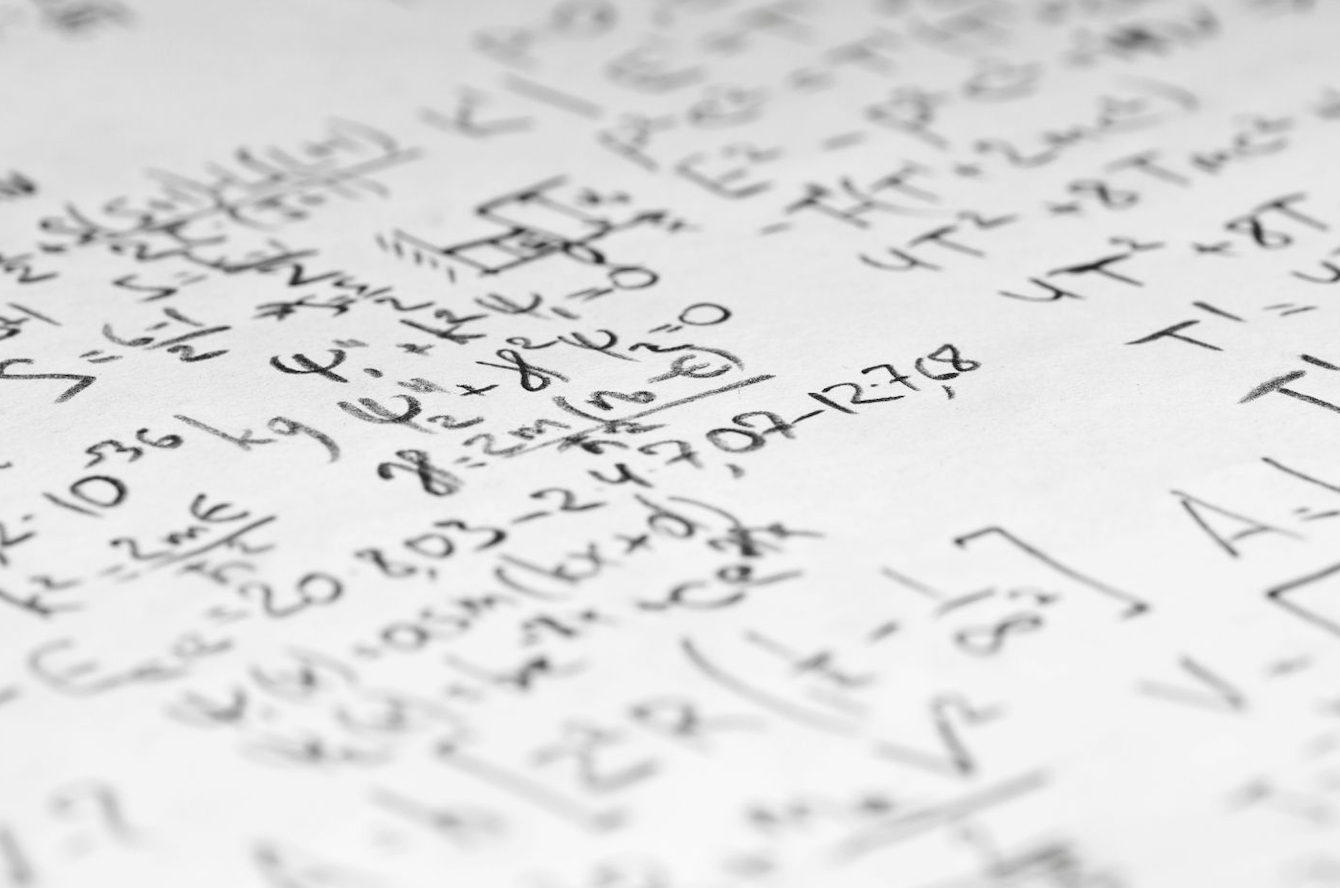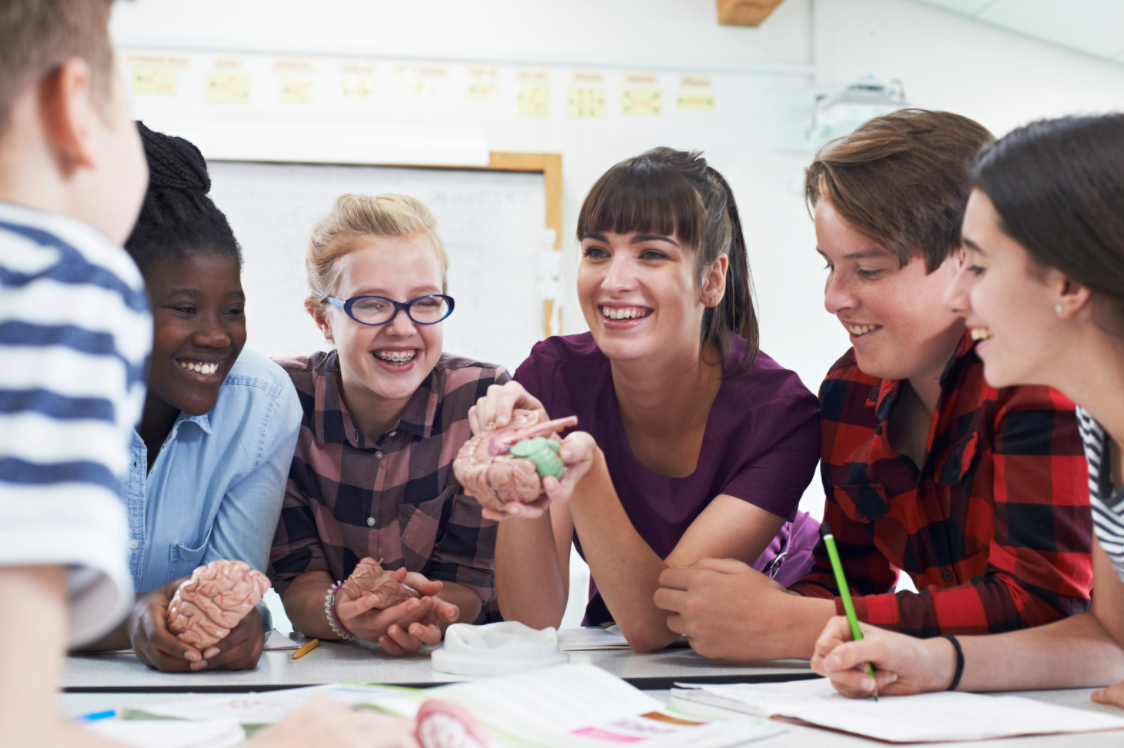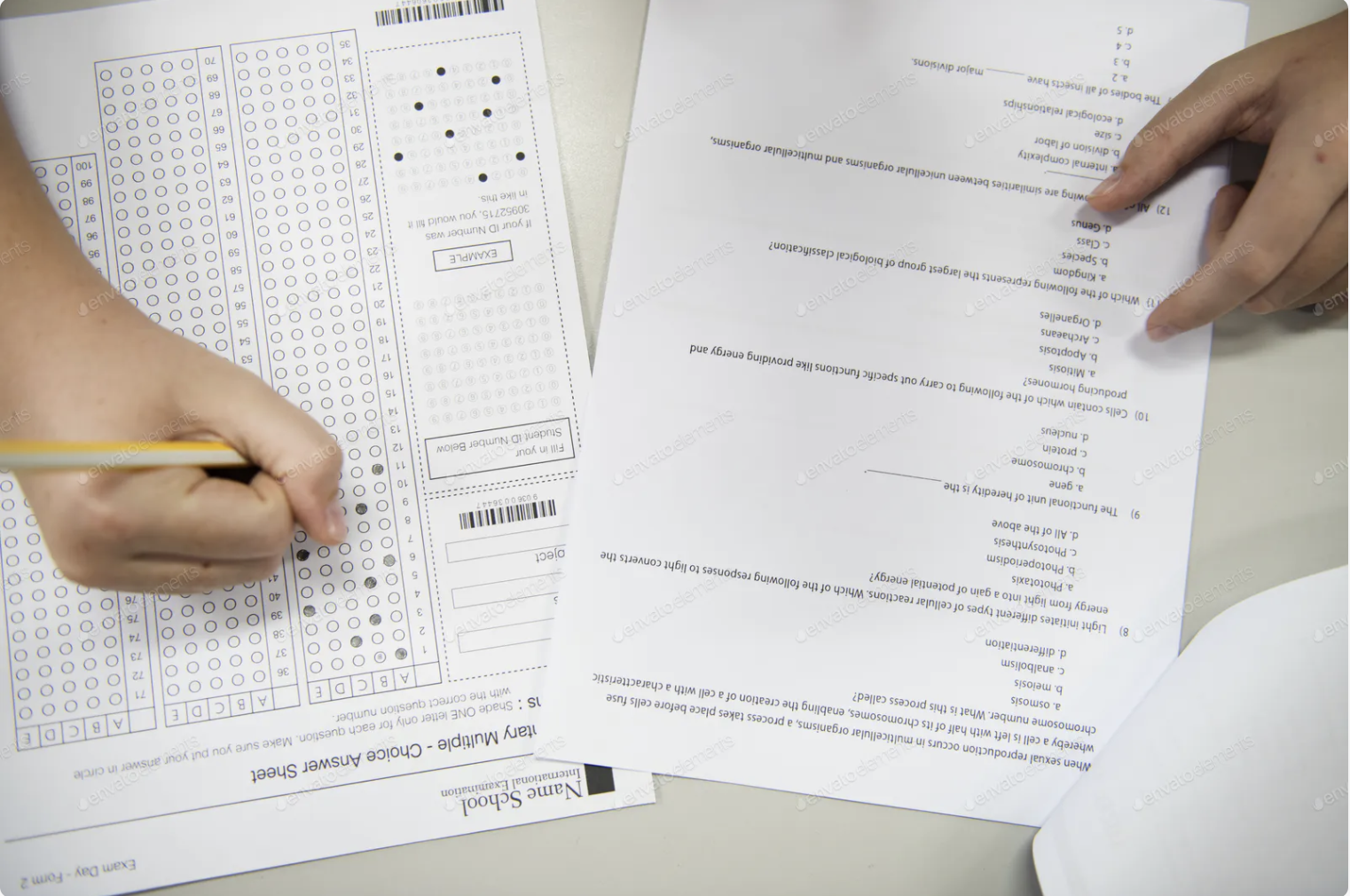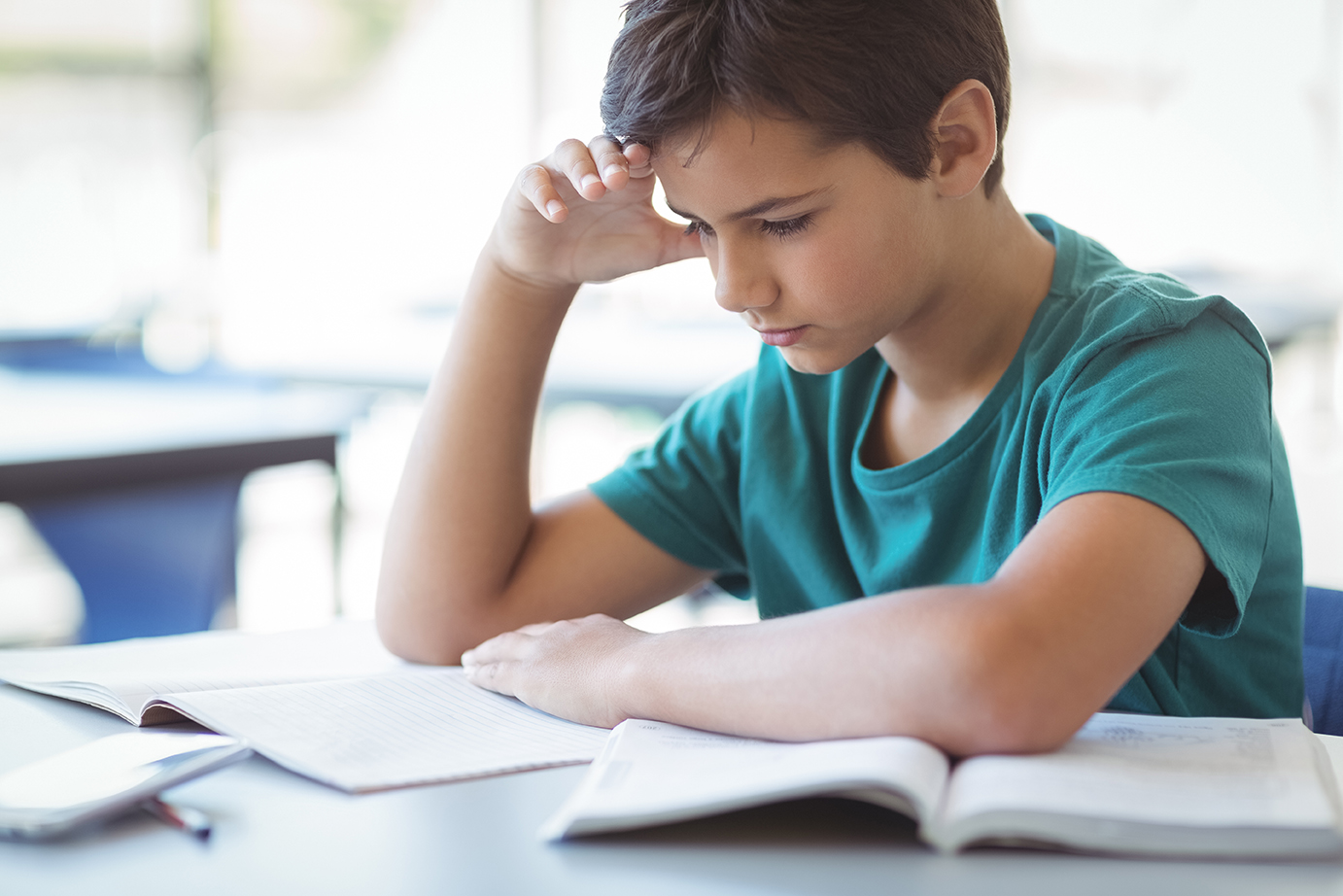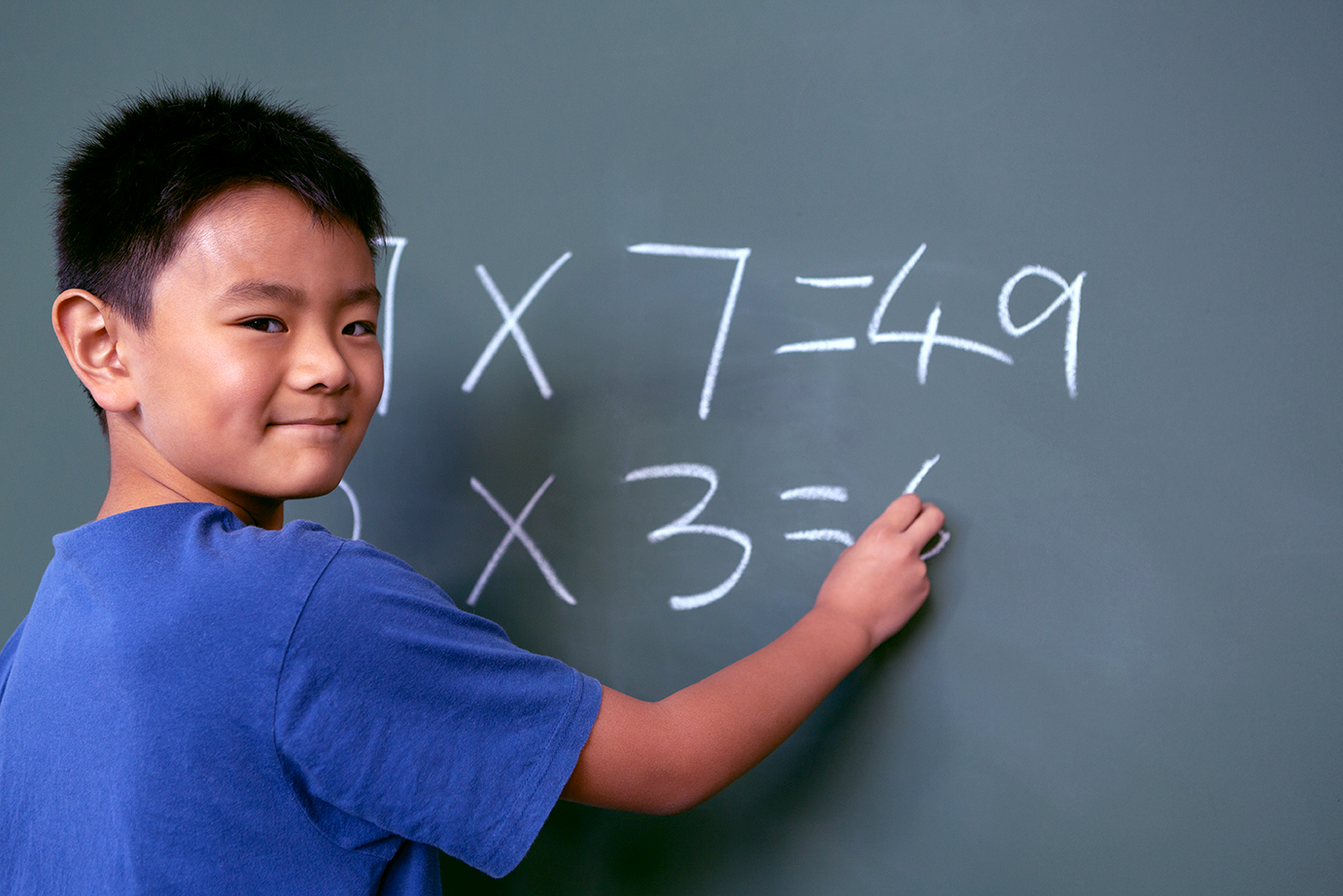Managing school stress workshop
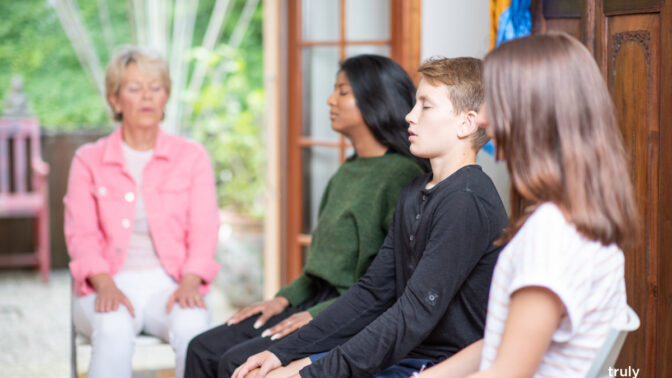
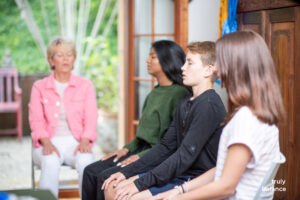
Top breathing technique to move from stress to calm!
Palms sweating, heart-thumping, leg shaking, thoughts racing…
This is our natural reaction when we are presented with a blank screen, a deadline to deliver or in the case of our adolescent children a graded paper or exam. In the final years of upper or secondary school, the pressure for our children to do their best comes from many angles. Not the least of which is their own mind.
A little adrenaline running through the body is a good thing as it helps us become laser-focused on the task we are performing. Our nervous system is brilliantly designed to help us. However, too much adrenaline or even worse cortisol, in the bloodstream can change that laser focus into disorganize thinking and emotional and physical stress.
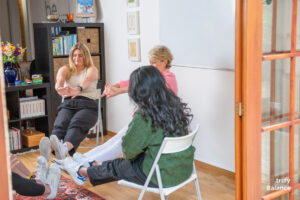
Being in over-drive impacts performance and reasoning
The mind-body-emotion connection is a primal response which is a good thing as this keeps us safe from danger. Like most things in nature, the mental-emotional-physical self needs recuperation time in order to have perspective on what is dangerous and what is just challenging and surmountable. In our current landscape assessment of danger has been altered. As adolescents spend more time on screens and less time outdoors releasing pent up adrenaline, they can be stuck in stress mode. Unreleased stress clouds the danger assessment mechanism of the body as the nervous system is continuously on high alert. This can cause adolescents to become hyper-vigilant and on edge or the opposite, unmotivated and overwhelmed.
Students need time to step away, to reset themselves in order to think more creatively, to be more curious, to discover themselves and build resilience.
Relaxation techniques to the rescue
The benefits of time doing nothing or time being in stillness, and present has been well researched, yet it has not been integrated into most school curriculums or typical family life.
Relaxation techniques are beneficial in three ways:
- They give immediate relief to the nervous system. Whether the adolescent is fully engaged initially or not these techniques positively impact the body’s nervous system. Effectively moving adolescents from anxious energy into calm confidence. Alternatively put, out of striving and into thriving mode.
- Thoughts are halted, giving time for body awareness and connection. This leads to improved emotional self-regulation and resilience, better self-command and being able to respond to life versus simply to react to life.
- It is an experience in stilling and listening. Thus, giving the mind a reset, activating more creative thinking and optimizing brain potential.
A simple technique packed with calm and clarity
Square breathing is one of several breathing techniques taught on the beChill Exams workshops and courses that every participant loves and finds extremely useful.
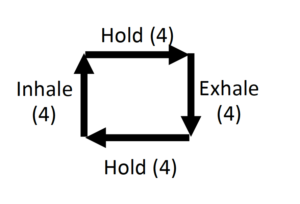
This is a simple technique that works well as it requires a cognitive shift in attention while at the same time it slows down the nervous system and helps improve oxygen flow and circulation.
It results in increased mental clarity, energy and focus. It is also really helpful in controlling impulses as one can breathe in this way until the impulse passes, and it has also been associated with reducing the production of stress hormones. The more often this simple technique is practiced the more effective it becomes.
How is it done?
- This technique can be done with eyes open or closed. I usually recommend you learn it with your eyes closed however it is good to practice with eyes open once you have mastered the rhythm as you may find you need to use the technique in a situation where you prefer not to close your eyes.
- Begin by expelling your breath forcefully through your nose. Then INHALE slowly on a count of 4. If you stop breathing before the 4 count, you are breathing in too quickly. We want the in-breath to take up the entire 4 count.
- When you reach 4, then HOLD your breath for an equal count of 4.
- Then EXPEL all the air from your lungs on an equal count of 4. It is important here to expel all the air possible which may mean you breathe out a little more forcefully. If all of your air is expelled before the 4 count you are breathing out too rapidly.
- Now HOLD the breath for an equal count of 4 and then start the pattern over again with a count of 4 on the inhale.
You may want to put one hand on your chest and one on your lower abdomen while doing this breathing as we also want to draw our attention to what is happening in the body while we are breathing in this way. Ask yourself, what are the sensations? What is moving? How does the body shift, what muscles are relaxing?
Initially, we usually do this technique for 2 or 3 minutes with a gradual movement to 5 to 10 minutes. As is the case with many breathing techniques, the aim is to shift out of thinking mode to focus on the breath and the body. If the mind wanders off, we just gently bring it back to the body. With this particular breathing technique, the mind usually stays focused on the breathing as the brain is engaged in a systematic counting. Over time it becomes more natural and the focus shifts more to body sensations.
Square breathing is just one example of the techniques based in the practices of sophrology, mindfulness, NLP and positive psychology that students learn and experience on the beChill Exams workshop series or courses for adolescents.
To learn more about the program please watch this short and informative video complete with student testimonials here .
Annette Ebbinghaus is the founder of TrulyBalance and the beChill program for adolescents. She is an ASCA certified master sophrologist, hypnosis practitioner, neurolinguistic-programming practitioner and coach, cardiac coherence trainer and coach, certified mindfulness in schools trainer, reflexologist, massage therapist, aromatherapist and reiki master.


